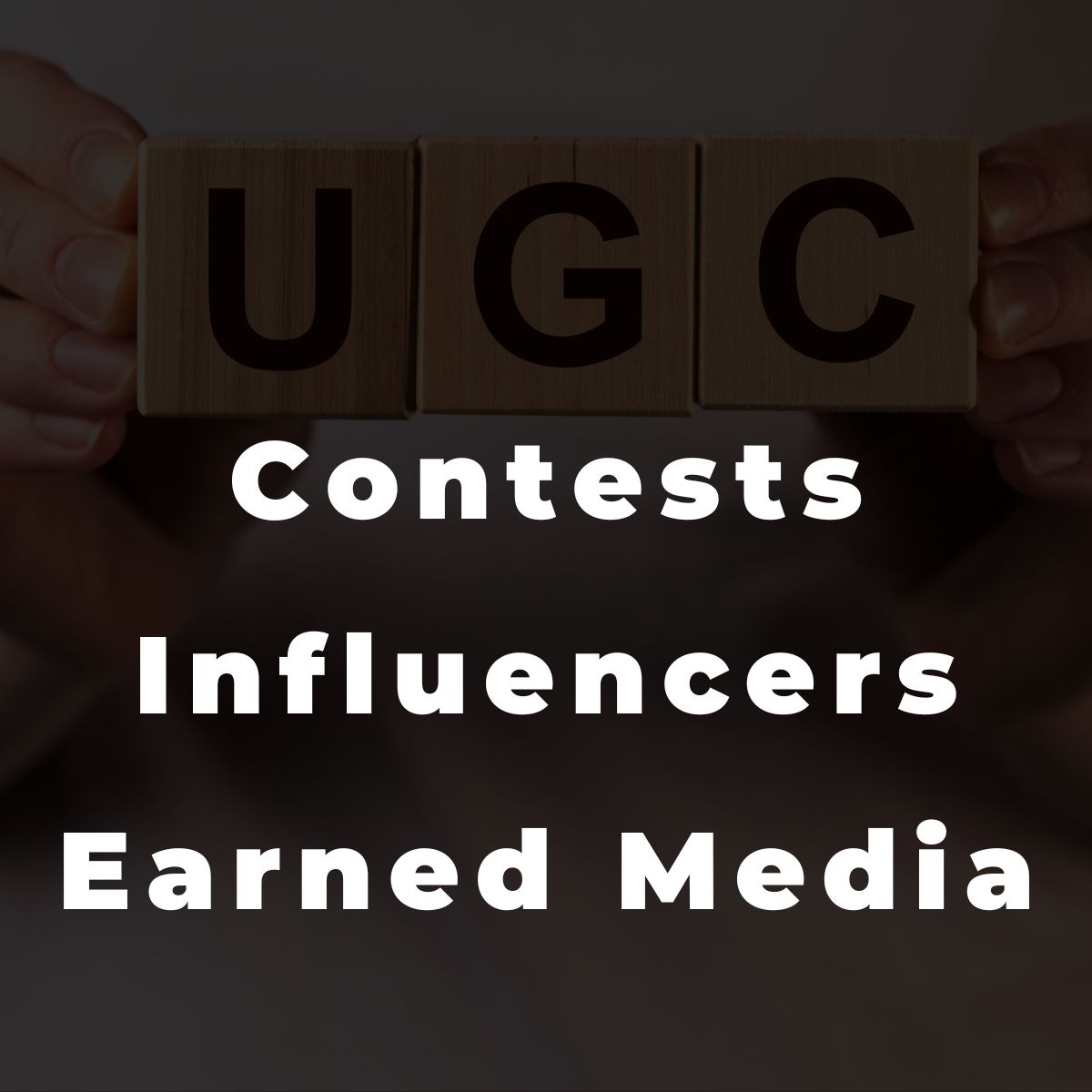UGC Rights Management: A Social Media Manager’s Guide
Pretty much every marketer is using user generated content (UGC) at some level, whether with influencers or contests or to turn earned media into campaigns. But the marketers who aren’t obtaining explicit consent to share that UGC may be in for some trouble.
This is where user generated content rights management comes into play—understanding how to request rights will help you stay out of legal issues, build your library of owned assets, and execute better marketing initiatives.
If you’re looking to understand what UGC rights management is, the penalties for infringement, and what you should be doing to make sure your UGC program doesn’t get you in trouble, you’re in the right spot.
Let’s get started!
What is User Generated Content Rights Management?
UGC rights management occurs when a brand requests permission to use a piece of content—typically for marketing purposes—from the copyright holder. On Instagram, the copyright holder is usually the original content creator. Legally, brands must obtain permission if they intend to use the content for commercial purposes.
And since marketing and advertising is always considered commercial use, you had better obtain the rights to the UGC you want to use before posting it!
We’ve written about why so many brands are utilizing UGC in their marketing efforts before (hint: it’s super effective!), but another thing to understand is that most brands actually have some type of formal system for UGC rights management.
Why is UGC Rights Management Important?
There are two primary reasons user generated content rights management is essential for brands.
First, there are legal consequences for brands that use the UGC of others without explicit permission. We’ll get into the details your legal team will care about in the next section.
Secondly, don’t be a jerk. If you’re going to try and make money or obtain a business/marketing result off the back of other’s work without obtaining permission and giving credit, you are not acting ethically or in your employer’s best interests.
Some of you may be familiar with the story of Jerry Media and its tendency to steal jokes, memes, and other content without obtaining legal rights to do so. Mitch Jackson, a legal eagle and friend of Tack, breaks down the copyright infringement issues in a short video in this blog post.
Don’t be like Jerry; ensure creators grant rights to the valuable UGC you plan to use before you use it.
What are the Penalties for UGC Rights Infringement?
We’ll spare you the legalese—which is quite extensive—but there are a few key things to know regarding the penalties for copyright infringement.
First, the rules for copyright infringement (which can include UGC) are set forth by the Federal Trade Commission (FTC). The mission of the FTC is to “enforce federal consumer protection laws that prevent fraud, deception and unfair business practices.”
Secondly, in the eyes of the law, the person who created the content (the author) owns the copyright by default.
(We’ll discuss common scenarios for brand collaborations in the next section.)
Moreover, if you infringe on other’s rights, you could be looking at costs between $750 and $150,000 for each piece of content that you’ve infringed upon.
Lastly, social media platforms enforce their own rules for copywriting infringement. For example, repeatedly infringing the copyrights of others on Instagram can result in your account being restricted or disabled.
For brands, businesses, and agencies alike, the risks of improper handling of UGC simply aren’t worth it. However, collaborations between creators and brands are now commonplace and there certainly are ways in which the two parties can agree on the proper use and distribution of UGC.
3 Common Scenarios for UGC Rights Management
Now that you know the background of UGC rights management and the negative consequences of running afoul of copyright infringement laws, let’s take a look at some practical scenarios of where you might need to use this knowledge to work with user generated content.
Contests
Contests are a great way to obtain UGC, and we’ve actually written a separate blog post with step-by-step instructions on using contents to generate UGC. But the key part in terms of legal compliance with contests is to make sure that you have approval to use the content after it’s been submitted.
There are a few different ways to do this. One way is to have the entrants sign an agreement in advance that gives you permission to use their submissions. Another way is to have a set of terms and conditions that are agreed to by all entrants as they submit their entries.
Pro tip: When using a contest-specific hashtag on Instagram, pick one that that someone wouldn’t likely use on her own. For example, people might use a generic hashtag like #BeachDay on their posts with no intention of joining your contest.

Influencer partnerships
If you opt to work with creators to generate UGC for your brand—which is a great way to build trust and create happy customers—you will need to have a contract in place that indicates who owns the content rights and how they are allowed to distribute it. This is a fairly standard practice in the influencer marketing and creator economies.
Pro tip: When working with brand ambassadors, make sure you have full control over the entire process and creative output to avoid any potential legal issues. Make sure your legal team prepares a work-for-hire clause in the contract and that you have full permission to use the content as you see fit. Check out this blog post from Kynship for key items to include in your creator contracts.
Earned media
If you’re looking to take advantage of UGC featuring your brand that’s been created organically, you can just ask for it! In our experience, consumers are frequently willing to allow brands to use their content (at no charge!) when asked. It’s an incredible way to gain permission to use authentic content in your marketing.
You’ll want to make sure users can review the terms and conditions associated with your request and that they respond in writing with permission.
Pro tip: Here’s a free guide you can download on this topic: How to (legally) acquire user-generated content for your marketing.
How to Obtain Content Rights to Earned Media at Scale
If you’ve decided to try and turn earned media into content your brand can use, the general process is as follows:
- Search a social network like Instagram via mentions, photo tags, hashtags and location tags
- Reach out to individual users (if they are the creator) and request permission to use their content. Mention how you’ll use it, your terms and conditions, and how they should approve the request.
- After the request is approved, download the content and repurpose for your website and/or social profiles
However, as you can guess, this request process can be a tedious and time-consuming. Instagram wasn’t really designed to transfer UGC between parties. For instance; how do you download another user’s photo or video (assuming you have permission to do so)? Screenshots are low resolution and look terrible when posted on your channels. Not to mention screen recordings of videos! Using the developer console in the browser to get at the files is not easy. And using sketchy download sites that might steal your login credentials is not a great option. None of these methods are user friendly.
Tack was purpose-built to help brands easily connect with users, request permission to use their content, and download that content into a blazing-fast searchable library.
So far, our customers have obtained the rights to more than 200,000 pieces of UGC from their fans and followers! Tack has several features built in to make common marketing tasks (like embedding UGC onto a brand website) super easy.

